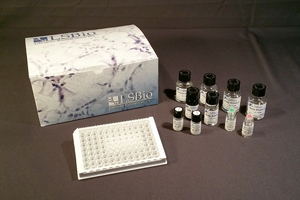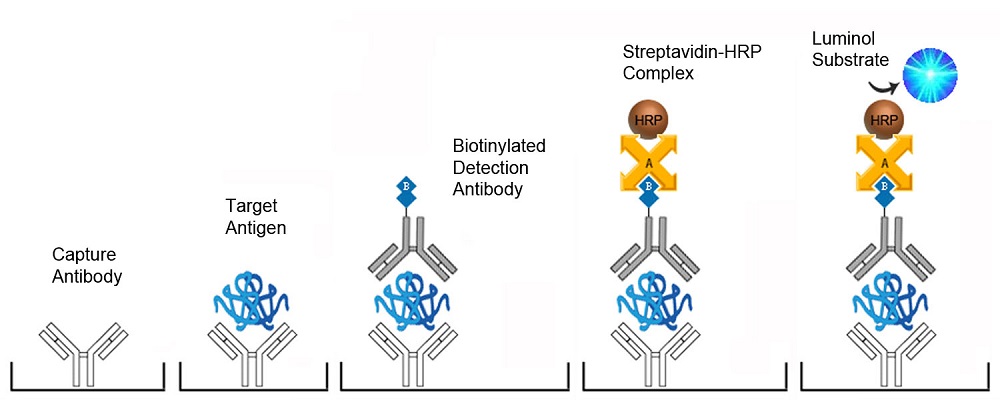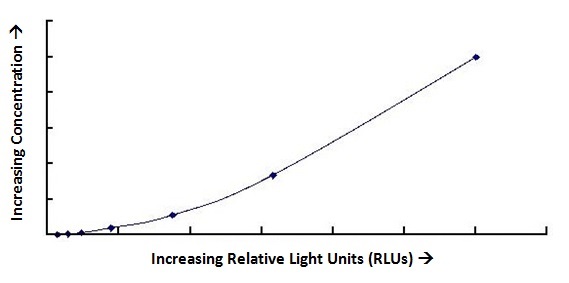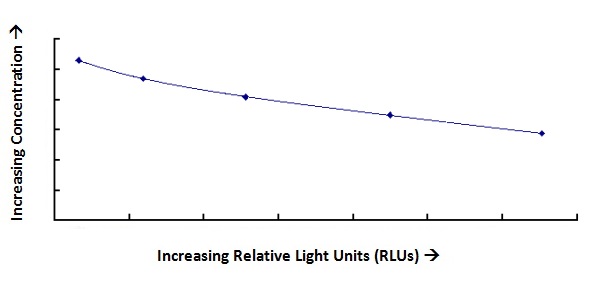Login
Registration enables users to use special features of this website, such as past
order histories, retained contact details for faster checkout, review submissions, and special promotions.
order histories, retained contact details for faster checkout, review submissions, and special promotions.
Forgot password?
Registration enables users to use special features of this website, such as past
order histories, retained contact details for faster checkout, review submissions, and special promotions.
order histories, retained contact details for faster checkout, review submissions, and special promotions.
Quick Order
Products
Antibodies
ELISA and Assay Kits
Research Areas
Infectious Disease
Resources
Purchasing
Reference Material
Contact Us
Location
Corporate Headquarters
Vector Laboratories, Inc.
6737 Mowry Ave
Newark, CA 94560
United States
Telephone Numbers
Customer Service: (800) 227-6666 / (650) 697-3600
Contact Us
Additional Contact Details
Login
Registration enables users to use special features of this website, such as past
order histories, retained contact details for faster checkout, review submissions, and special promotions.
order histories, retained contact details for faster checkout, review submissions, and special promotions.
Forgot password?
Registration enables users to use special features of this website, such as past
order histories, retained contact details for faster checkout, review submissions, and special promotions.
order histories, retained contact details for faster checkout, review submissions, and special promotions.
Quick Order
Chemiluminescent Immunoassay (CLIA) Kits

Chemiluminescent immunoassay (CLIA) offers significant advantages over traditional assay detection methods.
Rather than using messy isotopic detection, or chromogens such and TMB or ABTS that require absorption spectroscopy,
CLIA kits utilize chemical reactions that produce light. Measurement of light is highly useful because the concentration
of an unknown can be inferred from the rate at which light is emitted. Extraordinary sensitivity, low background, a
wide dynamic range, and inexpensive instrumentation distinguish luminometry from other analytical methods.
Features:
- Ready-to-use kit includes all necessary reagents
- Available for a broad selection of target antigens
- Suitable for use with a wide variety of sample types
- Multi-species reactivity (human, mouse and rat)
- Excellent sensitivity, specificity, and reproducibility
- Built on standard 96-well microtiter plate format
- Sensitive luminescent detection
Kit Components:
- 96-well microtiter plate and sealers
- Sample Diluent
- Capture and/or detection antibodies
- Avidin/HRP Conjugate
- Wash Buffer
- Substrate Solution
- Detailed Protocol
Sandwich ELISA Based CLIA Protocol

This assay is based on the sandwich CLIA principle. Each well of the supplied microtiter plate has been pre-coated with a target specific capture antibody.
Standards or samples are added to the wells and the target antigen binds to the capture antibody. Unbound Standard or sample is washed away.
A biotin-conjugated detection antibody is then added which binds to the captured antigen. Unbound detection antibody is washed away.
An Avidin-Horseradish Peroxidase (HRP) conjugate is then added which binds to the biotin. Unbound Avidin-HRP conjugate is washed away.
A chemiluminescent substrate is then added which reacts with the HRP enzyme resulting in light development. The relative light units (RLU) of each well
are measured using a luminometer. The RLU of an unknown sample can then be compared to an RLU standard curve generated using known antigen concentrations
in order to determine its antigen concentration.

Competition EIA Based CLIA Protocol

This assay is based on a competitive principle. Each well of the supplied microtiter plate has been pre-coated with target antigen. Standards or samples
are added to the wells as well as a Biotin-conjugated detection antibody. The free antigens (in the standards or samples) and antigens bound to the plate
compete to bind to the detection antibody. All but the bound Biotin-conjugated detection antibody is washed away. An Avidin-Horseradish Peroxidase (HRP)
conjugate is then added which binds to the biotin then unbound HRP-conjugate is washed away. A chemiluminescent substrate is then added which reacts with
the HRP enzyme resulting in light development. The relative light units (RLU) of each well are measured using a luminometer. The RLU of an unknown sample
can then be compared to an RLU standard curve generated using known antigen concentrations in order to determine its antigen concentration. Unlike typical
Sandwich assays, in competition assays the greater the amount of antigen in the sample, the lower the light development and relative light unit (RLU) measurement.











